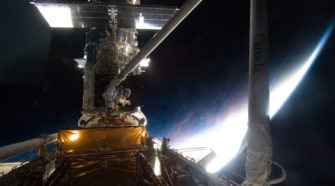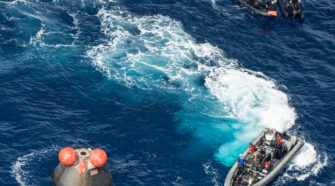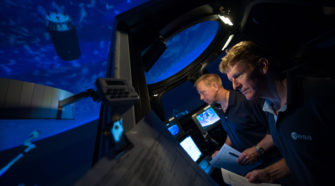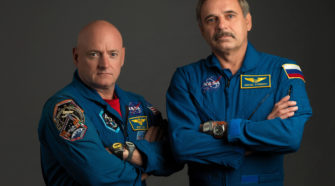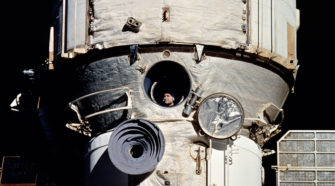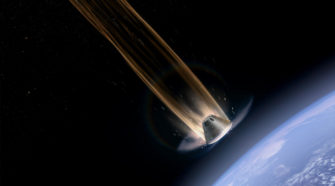Human Spaceflight
STS-125 Mission: Last visit to Hubble
For a mission that was almost never to be, STS-125 will be remembered in years to come as a resounding success story, one of NASA’s great missions and a tribute to the ingenuity of engineers and astronauts alike. Rejuvenating the world’s most famous telescope and setting it free to make more scientific discoveries the mission …
Land, sea and space: Naval aviators have led the way
The United States Navy and NASA have had a working relationship for over 55 years now and they continue to complement each other in many different aspects of space exploration. This relation was forged way back in the late 1950s when NASA first began to look for pilots to become Astronauts that would eventually fly …
Tim Peake ready to become United Kingdom’s official ISS resident
On 20th November this year, a Union Jack Flag will be safely stored on board a Soyuz rocket, and, along with its owner, will launch from the Baikonur Cosmodrome in Kazakhstan and make its way to the International Space Station. This is not the first time that a British born citizen has flown in space, …
The One-Year Mission
If all goes as planned, on March 27th, a Soyuz rocket carrying the expedition 42 crew consisting of Russian cosmonaut Gennady Padalka, NASA astronaut Scott Kelly, and Russian cosmonaut Mikhail Kornienko will launch on a six-hour flight to dock with the International Space Station. The launch will begin a one-year mission for Kelly and Kornienko …
Setting the record: Fourteen months aboard Mir was dream mission for Polyakov
“We can fly to Mars.” That was the first thing Valeri Polyakov said on March 22, 1995, after returning from a 437-day 18-hour stay aboard the Russian space station Mir. During those fourteen and a half months, he orbited the Earth 7,075 times and traveled nearly 187 million miles. After twenty years, it remains the …
Orion’s December flight test critical for deep space human exploration plans
This December, after years of hard work from a team spanning across the United States, NASA will put America’s future deep-space human exploration spacecraft to the test, flying it further than any human-rated spacecraft has been in over 40 years. The highly anticipated mission, known as Exploration Flight Test-1 (or EFT-1), will put the agency’s …

